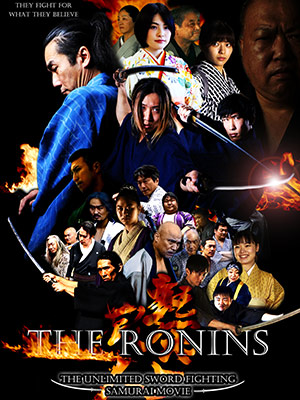Reisai: Dec 16
Established in 709.
The Akihasan Hongu Akiha Jinja is a Shinto shrine in Hamamatsu. The shrine is located near the summit of Mt. Akiha, on the southern slopes of the Akaishi Mountains. It is the head shrine of the 800 Akiha shrines around the country.
The primary God of Akibasan this Jinja is the Hinokagutsuchi-no-Okami (火之迦具土大神), the god associated with protection against fires. During the Edo period, this kami was popularly called the Akiha Gongen and was identified with Kannon Bosatsu under the Shinbutsu shugo system of combined Buddhism and Shinto.
Per shrine tradition, the Akibasan Hongū Akiha Jinja was established in 701 as a Buddhist temple by the famed priest Gyoki. It was named Akiha-dera from a poem written by Emperor Saga in 709. During the Heian period it became a center for the Shugendo cult and was associated with the Shingon sect, although much of its subsequent history is uncertain.
After the start of the Tokugawa Government, retired shogun Tokugawa Ieyasu ordered the temple to convert to the Soto Zen sect. Tokugawa Tsunayoshi in particular favored its blend of Shinto, Buddhism and Shugendō, and promoted the spread of the Akiha cult throughout the country to provide protection against fires. Despite its remote mountain location, the temple became a popular pilgrimage detour from the Tokaido for pilgrims on their way to Ise Shrine or Kompira Shrine, or on their way back to Edo.
However, in 1685, the government banned the traditional ceremony of carrying the shrine's mikoshi along the Tokaido Mt. Akiha towards Edo and Kyoto, for fear that the riotous procession would disturb public order. The ban conversely helped spread the Akiha cult throughout the country through the establishment of numerous branch shrines, especially in the Chubu region of Japan. Major Soto temples and monasteries often established a small Akiha shrine within their grounds.
There is a great gate with four directions of gods. They are beautiful carving art.






